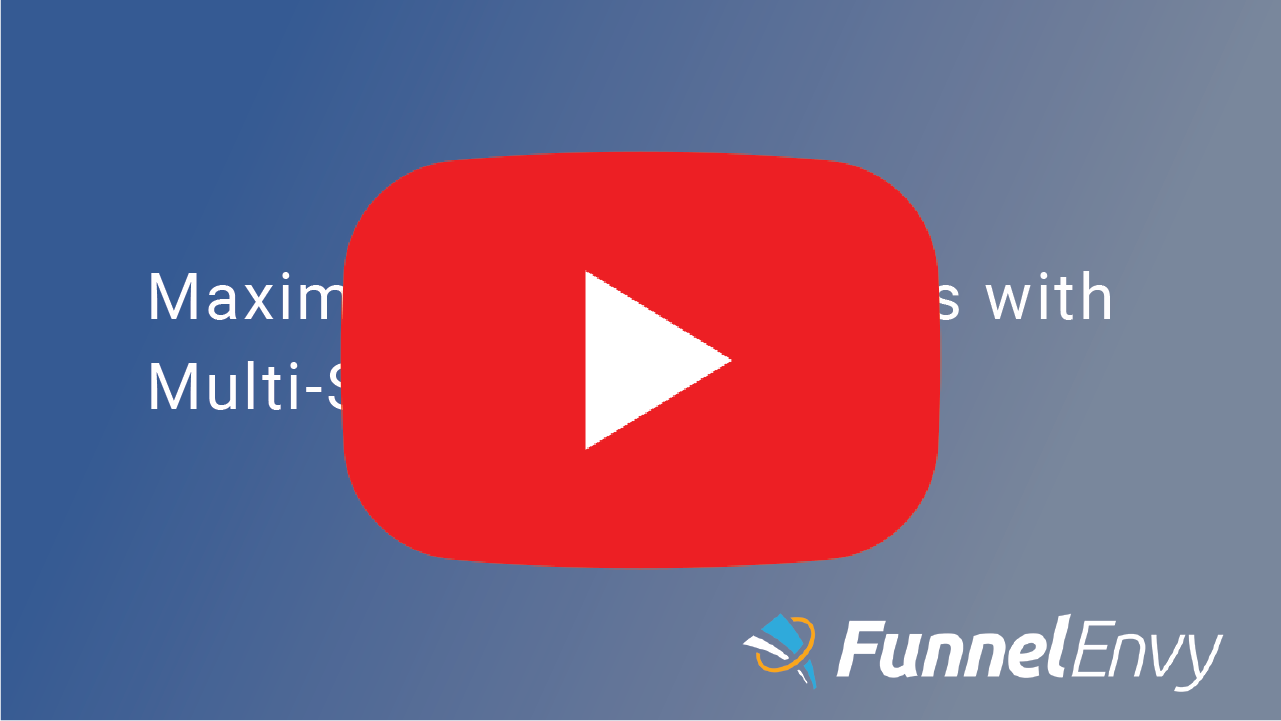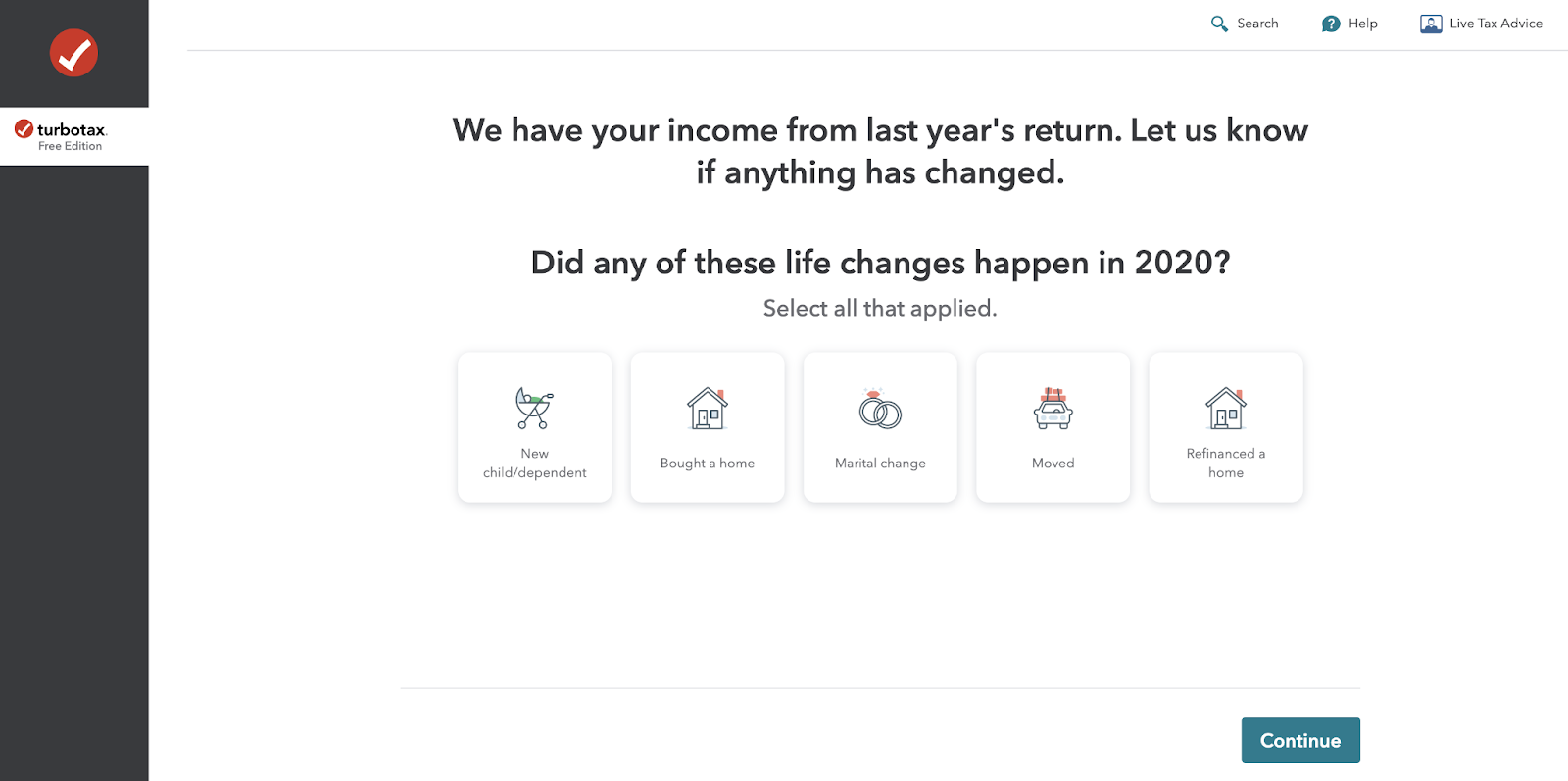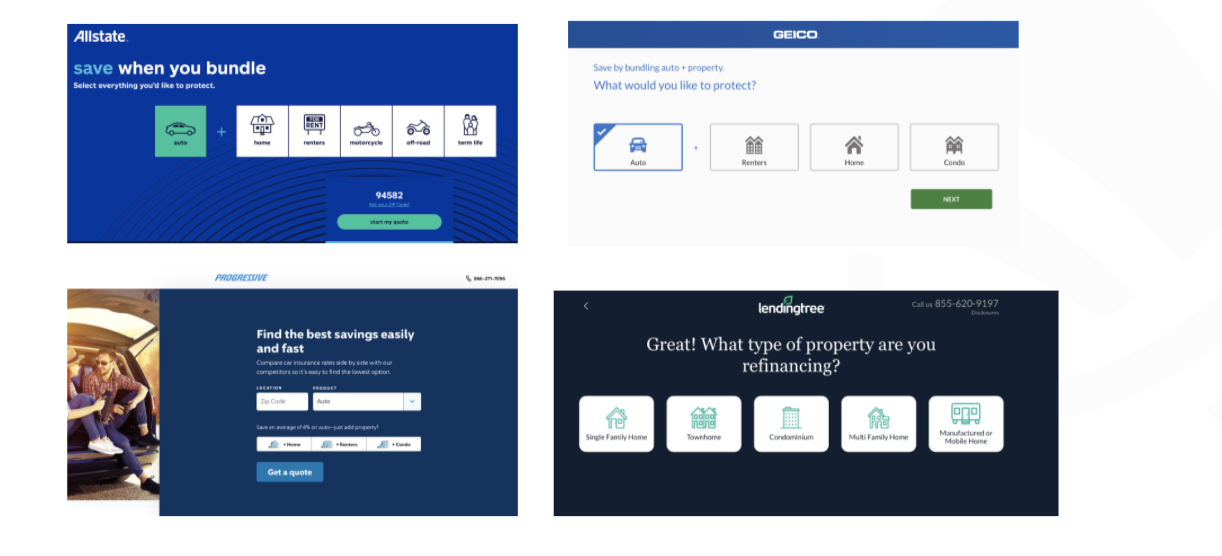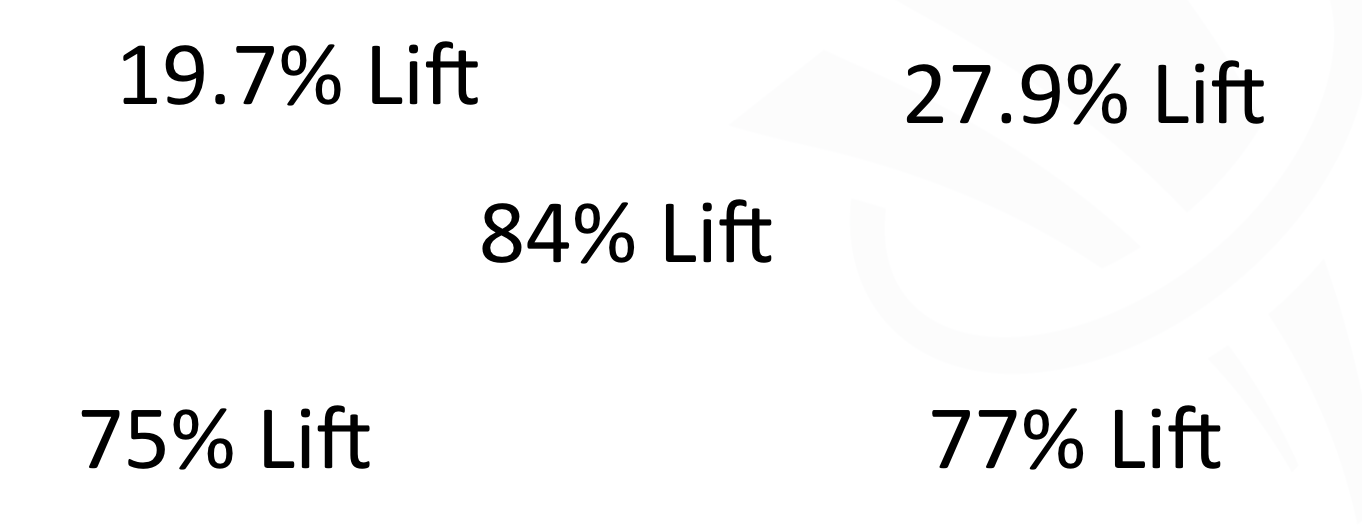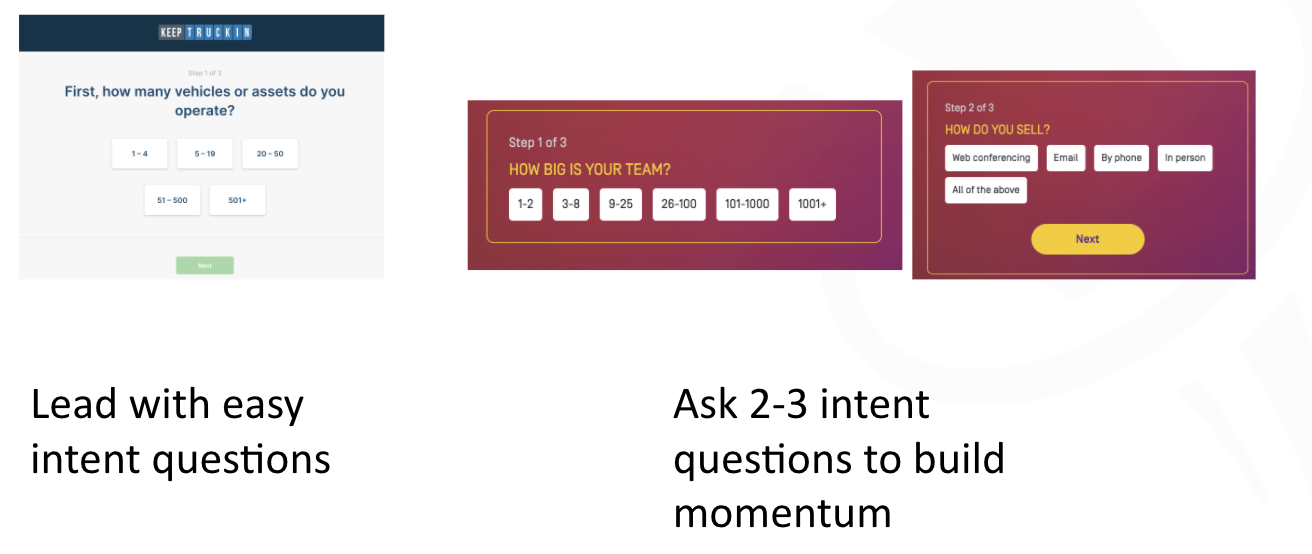The 4 Top CRO Tips For 2023
It may have taken a couple of decades to perfect the modern internet, but nowadays, technology is getting more advanced by the day. Recently, we’ve been hearing a lot about how AI and blockchain will revolutionize how we do business. It’s critical to stay current on these developments as they relate to your business.
But at the same time, many of the strategies doled out on how to respond to advancing technology look surprisingly similar to “the old way.” Often, tech just asks us to use existing principles of sales, marketing, and business with a new platform or tool.
In this article, we’re diving into four ways to think about conversion rate optimization (CRO) given everything we know about how technology is advancing this year – and beyond.
Revisit Your SEO Practices
We don’t always associate search engine optimization (SEO) with conversion rate optimization. The premise of SEO is getting new traffic to your site, after all. Smart marketers know they should consider user intent long before someone even lands on their page.
Smart marketers know they should consider user intent long before someone even lands on their page. Share on XThat’s because the more people who get to your page, the better – as long as they have the right intentions. Having good enough SEO to attract visitors who aren’t interested in your offering might produce some good vanity metrics but ultimately won’t help you drive business goals. To rectify this issue, you need to consider SEO to attract the right traffic.
You can assess the way you incorporate keywords on different kinds of pages to see if it still makes sense for your intended audience. Don’t forget to examine your fundamental keyword strategy, too. Since most SEO success often comes from going for longtail keywords, if your target audience has changed, your longtail keywords may also change.
Audit the Forms in Your Funnel
Form optimization is a long, dynamic subject matter that could fill up its own blog post (or a whole series). But the foundation of it is the same as it’s always been: go through all appropriate forms and make sure there are no obstacles, distractions, or errors that arise. Ideally, you can break this down into two parts: first, audit your forms internally from a technical perspective, making sure they work with the right software and functions in your business – like a CRM or marketing automation tool.
The second part of the audit is about your users’ perspective. If possible, try to get a person outside your internal marketing team, preferably a prospective customer or someone with similar characteristics. You’ll typically get more cooperation with this form testing when you offer to compensate participants, even if it’s a simple thing like a small discount or virtual gift card.
Here are a few questions to keep in mind as you go through the testing process:
- Are people completing your forms in the amount of time you expected?
- Is relevant information on form pages easy enough to find?
- Are any parts of the form unclear or confusing?
- Does the form’s language resonate with users?
Test Load Times and Technical Elements
Load time is a significant factor in getting people to visit your site and convincing them to convert. According to statistics by Google, an increase in load time from 1 second to 5 seconds can increase a page’s bounce rate by 90%. If a critical page of your funnel is loading slowly, it can hinder your marketing efforts.
There are plenty of tools available that can help marketers improve load speed and related technical slowdowns. Google’s PageSpeed test is a good starting point – based on your results there, you’ll either want to develop a plan to cut down on elements slowing down your page or ensure protocols are in place to keep the page loading at optimal speed.
Depending on the nature of the technical challenges you’re running into, you may require outside help. Certain changes to your domain settings may need to be handled by your hosting provider, while more advanced changes to the site itself could require specialized help from a developer.
Diversify Funnel Media Types
Are you using only long-form content and headers on every page throughout your funnel? Does your main landing page use the same video you’ve had for years? Unless your forms and funnel elements are already converting at a very high level, it’s always valuable to improve your content by diversifying its delivery. While prospects in certain industries may be more predisposed to specific kinds of content, no rule says you can’t switch it up.
Video content is becoming increasingly popular in many industries, particularly with the rise in popularity of platforms like TikTok and Instagram Reels. There are also infographics, audio presentations, photos, etc. You might even want to consider the presentation of your content with elements like parallax scrolling and carousels. Even if you aren’t drastically changing the information you include when you make these adjustments, you’ll find it could still add a significant bump to your conversion rate – especially on pages and funnel elements that may have been struggling previously.
As you look to add new kinds of media to your mix, remember that you’ll need to track everything in some way. If you’re adding a new kind of video, for example, be sure you have the right software tools to track important metrics and incorporate them into the rest of your analytics.
Last Thoughts on CRO for 2023 and Beyond
The tools we use to conduct business have come a long way from the pen, paper, and snail mail days. Startups can access a wealth of information about people they’ve never met or interacted with. Technology is capable of helping a company achieve some truly inspiring things today.
Yet despite all the advancements, many of the fundamentals about selling remain strong; possibly even strongerr than in the pre-internet days. When you receive messages, emails, and notifications at every turn, the fundamentals stand out as even more important now. The core tenet of conversion rate optimization is getting more people to raise their hands and signify interest in your product or service. To do that, you need to attract more of the right people, remove technical blocks that prevent them from converting, and experiment with different types of content that can better educate them on why they need your offering.
Looking for some help implementing these or other CRO tips into your existing marketing campaigns? At FunnelEnvy, our optimization specialists have spent years studying what it takes to get people interested in our clients’ products and services. We’ll bring an objective eye to your digital marketing efforts while using our decades of combined experience to help you overcome any challenges you may be facing.
To get started, just click here to fill out a short quiz that will help us learn more about your organization and how we may be able to help you meet your marketing goals.








